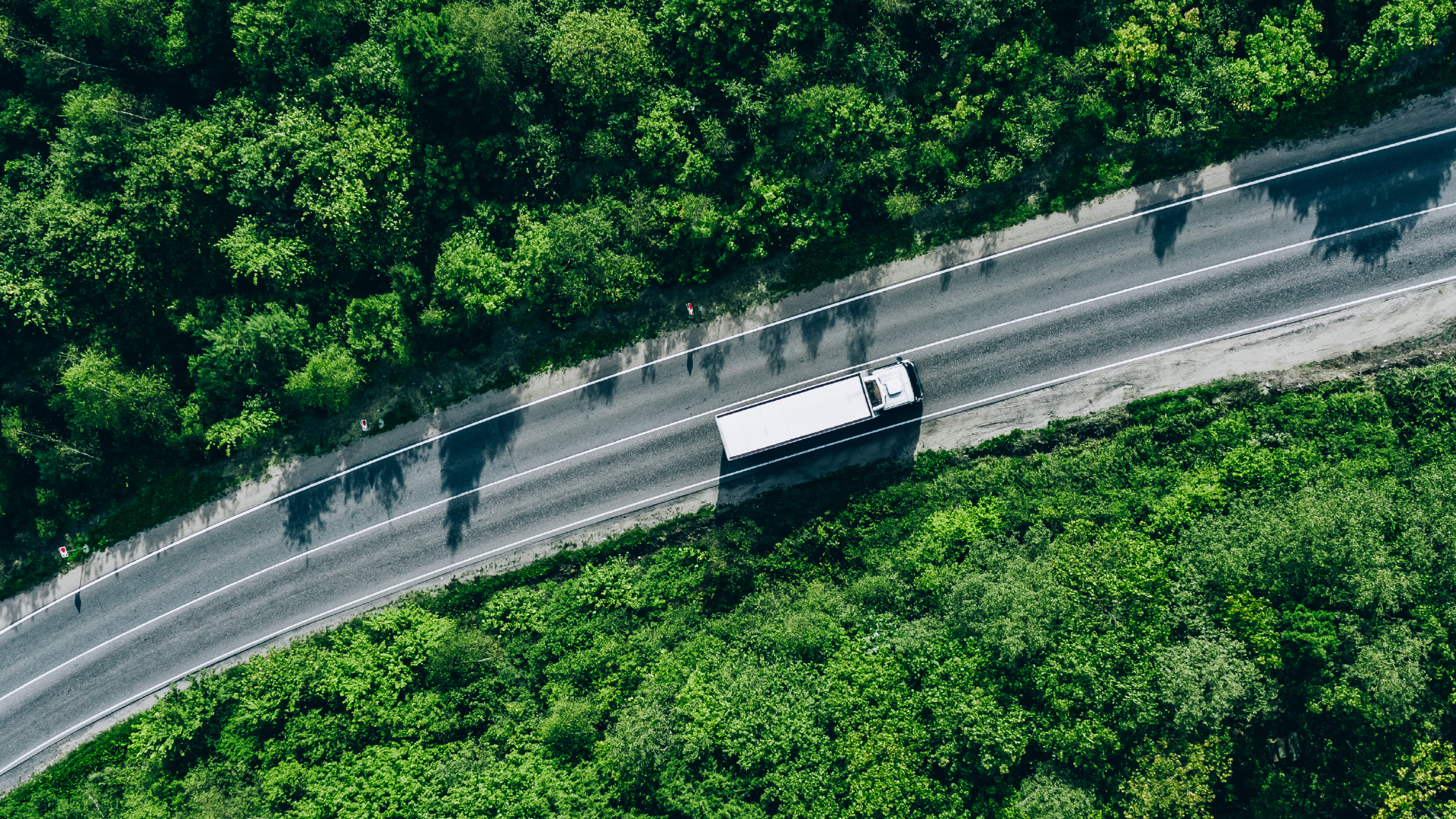This organization is blowing up dams to save America’s rivers

There are 60,000 major dams around the world, built to meet the need for hydropower and demands for water. Image: WWF/Netflix
- There are more than 60,000 dams around the world.
- Although they can provide safe drinking water and electricity, in some cases, they’re unnecessary and poorly built, harming the river’s ecosystem.
- American Rivers is fighting for the removal of dams in the US.
Damming a river with concrete restricts its flow, but it doesn’t stop the salmon that live in it trying to swim back upstream.
The salmon of America’s Elwha River, in northwestern Washington State, are now able to migrate again a century after the river was dammed.
“When the dams were still there, I was able to stand on the top and see the salmon; they were still, after 100 years, trying to get back upstream,” says Amy Kober from American Rivers, an organization spearheading the removal of dams and the restoration of rivers in the US.
“A lot of the river is protected, so when you took the dams away, we really were able to let a river be wild again.”
Dam busters
Today the Elwha is one of the country’s river success stories. Running for 72 kilometres from the Olympic Mountains to the Strait of Juan de Fuca, it provided a livelihood for the Lower Elwha Klallam Tribe, who had fished at its mouth for generations.
But with a growing timber industry demanding more energy, the Elwha and Glines Canyon Dams were built in the early 20th century to provide hydroelectric power.
In 1973, conservationists came together in Denver, Colorado, to fight back against damming rivers unnecessarily – and they formed a national conservation organization, which became American Rivers.
A decade later, together with the Elwha Klallam, conservation groups fought for the removal of the Elwha Rivers’ two dams, setting out the case that they now only provided power for a small number of residents and mills.
It would be another 30 years before the dams were finally brought down, ending in 2015 with the removal of the Glines Canyon Dam – the largest dam removal ever.

Flowing free
Dam-building is not unique to the US. There are 60,000 major dams around the world and the number is growing as more are built to meet the need for hydropower.
According to the WWF, only a third of the world’s 246 longest rivers still flow freely.
While dams provide safe drinking water and electricity to millions of people, in some locations they can impact on biodiversity, fish migration, agriculture and livelihoods.
Kober says: “I don’t think we grow up understanding and even knowing what a healthy river is supposed to look like. We’ve channelled and diverted and dammed our rivers so many times in so many ways.
“Rivers are the veins and arteries of our planet and so if you build a dam, if they’re clogged, if we’re stopping that river’s flow, that has all kinds of consequences and all kinds of impacts upstream and downstream.”

Success stories
This year alone American Rivers helped to oversee the removal of 11 dams – and a total of 1,605 have been removed since 1912.
“There’s a lot of opportunity to take down dams that no longer serve any purpose, that are outdated, that are unsafe, that are causing undue harm to the environment, to water quality, to fish and wildlife,” says Kober.
“We need to celebrate every single one of these dam removals because every single project is the result of partnership and collaboration and of this desire to bring back something very special whether it’s fisheries or clean water.
“If we can give rivers some room to do their thing, that will lead to a healthier system for not only the river but for people too.”
Read more about the inspiring pioneers finding creative solutions to climate catastrophe here: https://wef.ch/pioneersforourplanet
Each week we’ll bring you a new video story about the people striving to restore nature and fighting climate change. You can watch Season 1 here and Season 2 here. In collaboration with WWF and the team behind the Netflix documentary Our Planet.
Don't miss any update on this topic
Create a free account and access your personalized content collection with our latest publications and analyses.
License and Republishing
World Economic Forum articles may be republished in accordance with the Creative Commons Attribution-NonCommercial-NoDerivatives 4.0 International Public License, and in accordance with our Terms of Use.
The views expressed in this article are those of the author alone and not the World Economic Forum.
Stay up to date:
SDG 13: Climate Action
Forum Stories newsletter
Bringing you weekly curated insights and analysis on the global issues that matter.
More on Climate Action and Waste Reduction See all
Noelia Garcia Nebra
November 18, 2025







